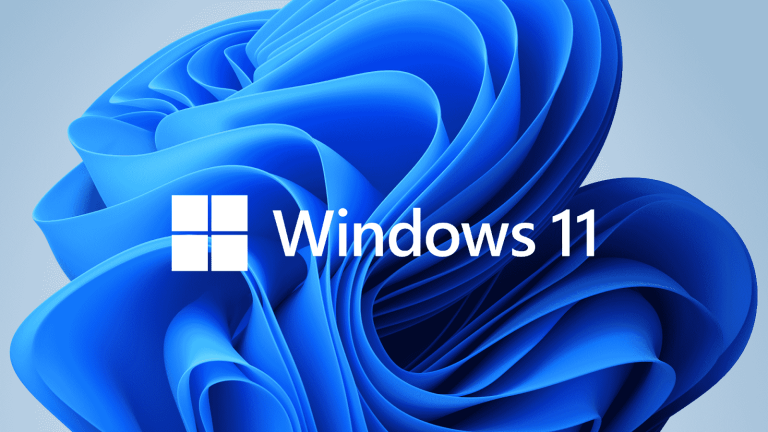Having a smart home can be incredibly convenient, but it also comes with some potential downsides that are important to be aware of. Here’s a detailed look at the main drawbacks of a smart home and how you can keep it secure:
3 Potential Downsides of a Smart Home
- Internet Outages: Smart home devices rely heavily on internet connectivity to function. When the internet goes down, many of these devices become unusable, which can be a major inconvenience if your home is highly automated. This means you may lose control over things like lighting, security systems, and appliances during an outage.
- Cybersecurity Vulnerabilities: Smart home devices can be vulnerable to hacking and other cybersecurity breaches. Hackers may be able to gain control of devices like security cameras, door locks, and even your entire home network. This opens the door to data theft, surveillance, and even physical home intrusion.
- Privacy Concerns: Smart home devices collect a wealth of data on user habits, preferences, and activities. This data could potentially be accessed by hackers or misused by the companies behind the devices. Many people have understandable concerns about how their personal information is being used.
As you can imagine, a smart home is vulnerable and just about worthless when there is an internet outage.
If you rely on an app or voice command to turn on certain light bulbs, well, you may have a hard time when the internet is out. Especially if the last known setting the bulbs had were dim. You won’t be able to brighten them when needed if the internet is out. That’s just one example of what can go wrong.

Keeping Your Smart Home Secure
To mitigate the risks and enjoy the benefits of a smart home, it’s crucial to take proactive security measures:
- Use Strong, Unique Passwords: Set strong, unique passwords for all your smart home devices and accounts. Enable two-factor authentication whenever possible to add an extra layer of security.
- Keep Software Updated: Regularly check for and install the latest software and firmware updates for your smart home devices. This helps patch any known security vulnerabilities.
- Disable Unnecessary Features: Consider disabling microphones, cameras, and other features on your smart devices when they’re not in use to limit potential privacy risks.
- Monitor Network Traffic: Keep an eye out for any suspicious activity on your home network and consider using a virtual private network (VPN) to add an extra level of protection.
- Research Device Security: When purchasing new smart home devices, research the brand’s approach to security and privacy. Opt for reputable companies that prioritize these aspects.
- Limit Connected Devices: Try to limit the number of smart devices connected to your home network to reduce the potential attack surface.
Common sense goes a long way in keeping your network safe. We can’t emphasize enough how important it is to keep up with device updates and maintain strong passwords. Ignoring the latest firmware update on ANY wi-fi connected device can put your entire system at risk.
How Common Are Smart Home Attacks?
Malware attacks saw a 400% increase in 2023 due to many vulnerabilities discovered in smart devices. AI is also making it easier for hackers to find vulnerabilities and exploit smart home devices.
Still, a huge chunk of these attacks is from phishing, DoS attacks, and tricking users into giving up access via social engineering tactics.
Secure Your Smart Home With a Firewall
Securing a smart home network with a firewall is crucial to protect your connected devices and data. Here’s how to do it effectively:
Use a Hardware Firewall or Router with Built-in Firewall
The first step is to use a dedicated hardware firewall or a router with a robust built-in firewall. This firewall should be properly configured to block all unnecessary incoming and outgoing traffic, and only allow access on specific ports required by your smart home devices.
Segment Your Home Network
Create separate VLANs (virtual LANs) for your trusted devices (e.g., laptops, phones) and your untrusted smart home devices (e.g., IoT gadgets, security cameras). The firewall should be used to strictly control and limit communication between these network segments.
Recommended Home Firewall Solutions
Some top firewall solutions for home use include:
PfSense: An open-source firewall/router software that can be installed on a dedicated hardware device.
Firewalla: A hardware firewall appliance designed for home use with advanced security features. Easy to set up and highly effective!

Ubiquiti UniFi Dream Machine: A router/firewall with network segmentation capabilities. Recommended for homes with a large amount of devices.
Maintain and Configure the Firewall Properly
Regardless of the firewall solution, it’s essential to keep the firmware/software up-to-date, use strong passwords, and configure the firewall rules carefully to only allow necessary traffic between network segments.
Establishing multiple layers of security through a well-configured firewall enables you to effectively segregate and shield your trusted devices from potential threats posed by compromised smart home gadgets, thereby fortifying the security of your entire smart home network.




